Wheelgun Wednesday: Revolving Carbines - The First Modern Repeaters

If someone asked me what the first modern repeating rifle was, I wouldn’t say the Henry or the Spencer lever guns—I’d tell them it was the Colt Ring Lever Carbine. And while it wasn’t a successful rifle, it set out a pattern for revolving rifles and shotguns that are still around today, even if they still aren’t as popular as they could be, thanks to the limitations of the design.
Wheelgun long guns @ TFB:
Tinkering With The Formula
People think that revolving rifles were an evolution of revolving handguns, but the Colt Ring Lever Carbine actually came into production before the Paterson revolver and didn’t look much like it. After a few months of production, the carbine was discontinued in 1838 and replaced with an updated design that was produced until 1841.
As the name implies, these rifles had a ring-shaped lever in front of the trigger guard that would rotate the cylinder and cock the internal hammer, instead of using the hammer spur itself to work the action.
Different sources have different opinions on the reliability of these rifles, with some contemporary military accounts praising them. Other accounts say they were prone to chain-firing and other problems.
Wherever the truth lay, their higher rate of fire (some models were eight-shooters, some were 10-shootes) was interesting to military authorities, and a few dozen went to Florida for the Second Seminole War, where the U.S. Army used them to great effect. The NRA Museum’s write-up on early revolving rifles says this:
The outbreak of war between the U.S. government and the Seminole tribe provided Colt with his first break. Seminole warriors had learned that soldiers were vulnerable while reloading their single-shot firearms, and they developed a tactic of drawing fire, then rushing the temporarily defenseless soldiers and wiping them out before they could fire a second volley. Colt's revolving rifles were quite effective against this, and the Army purchased his products for use by troops in the Florida campaign.
That inspired the Texan navy to acquire almost 200 revolving carbines (the Model 1839 smoothbore model), and the U.S. Navy also acquired a few hundred.
The Model 1839 was much more similar to a common revolver action like its contemporary the Paterson, or really, most modern revolvers, with a hammer that cocks the action and a five-shot cylinder. These had .525 caliber barrels, and there was also a 16-gauge shotgun variant.
Between all these early revolving long arms, Colt might have made nearly 2,000 rifles, smoothbore carbines and shotguns before shutting down production in the mid-1840s due to lack of business. Things came back with a bang when the aftermath of the Mexican War created demand in Texas that resulted in the Walker revolver. From there, Colt’s business boomed. While the primary focus was on handguns, Colt always tinkered with the long gun business as well, and the Model 1855 revolving rifle, with a side-hammer design, hit the market just before the Civil War (excellent photos here at the NRA Museum website). It saw service there with Union cavalry and infantry units, including Hiram Berdan’s First United States Sharpshooters.
If you consider that revolving rifles have never been particularly well-known for their accuracy, it seems like a bad idea to equip a sniper unit with such weapons. The Sharpshooters certainly thought so at the time—they wanted the breechloader Sharps instead. As the historical website BerdanSharpshooter.org puts it:
… instead they were issued the Colt five shot revolving rifle, which almost caused a mutiny in camp. Once the men became familiar with these rifles they found them reasonably accurate and reliable, though there were some gas and flash leakage causing the danger of multiple discharge (a hazard to the rifleman's extended arm). The 1st Regiment received their sharps rifles in May 1862, the 2nd regiment received the sharps in June.
Colt wasn’t the only company making this style of weapon around this era. According to RemingtonSociety.org, Remington started making revolving rifles in 1865, intending them for deer hunters. Elsewhere, I have seen it suggested that Remington used this as a way of getting rid of revolver actions they couldn’t otherwise sell after the Civil War ended. Or maybe they just wanted to take advantage of the western migration, arming settlers and frontiersmen who wanted the most firepower they could handle.
These early Remington revolving rifles seem to be very similar to the reproductions sold today as Model 1858 Carbines or similar names. The originals were cap-and-ball weapons, but as the industry moved towards rimfire and centerfire cartridges in the 1870s, so did Remington. Forgotten Weapons has an excellent overview of the Remington rifles below:
At this point, Winchester’s lever guns (and other competing lever-actions) were gaining ground, and Remington stopped producing revolving rifles sometime in the late 1870s. Colt gave it up earlier, focusing on their slide-action Lightning rifles instead.
But enough had been sold that they had made an impact on the Wild West, and they started showing up in western-themed comic books and movies in the 20th century, along with mare’s leg pistols, which were probably far less historically accurate. But then, the oaters were never particularly worried about historically-accurate revolving rifles either, as you can see below:
You will note that in that clip, at least Lee Van Cleef keeps both hands behind the cylinder gap to avoid injury. That was the biggest problem that revolving carbines could never overcome; even moving to metallic cartridges did not remove the danger of chain-fires. The flash coming out the cylinder gap could easily hurt your hands if you weren’t holding the gun properly, and a Winchester/Marlin/Henry/etc. had no such problem, and they held more rounds, too. While this problem might have been solvable, the day of the revolving rifle as a serious weapon was over, and while you can still buy reproductions, they are nowhere near as popular as lever actions on the cowboy shooting action scene.

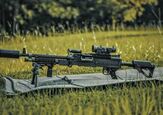
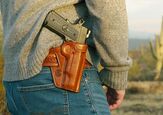
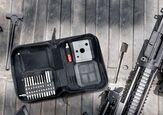






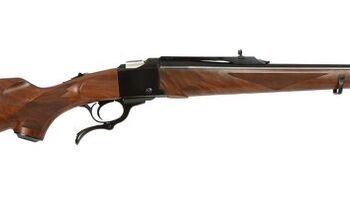
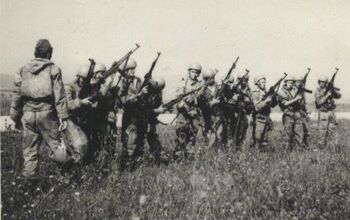
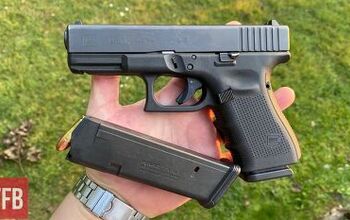
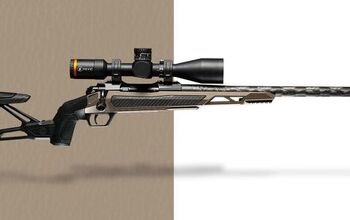

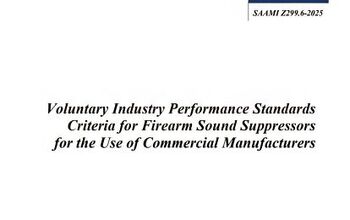
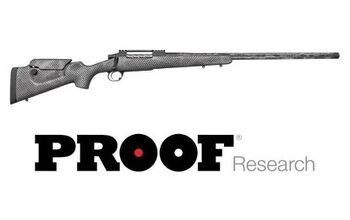
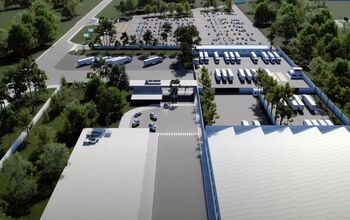
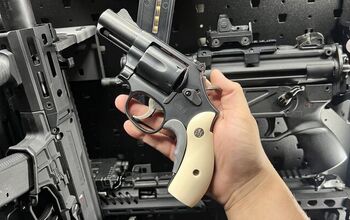

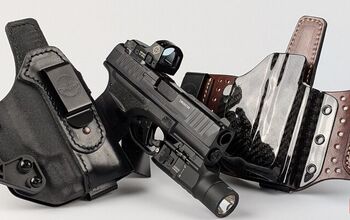
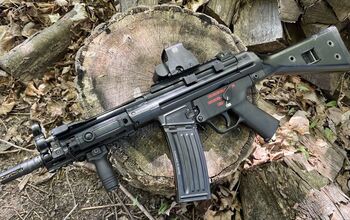
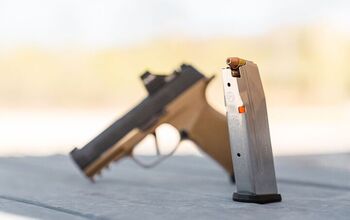

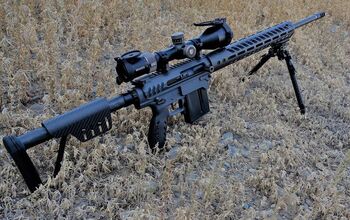
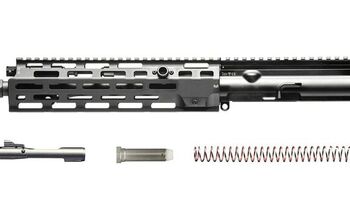


Comments
Join the conversation
So the Remington carbines WEREN'T used by Union foragers in the Civil War?
TESLA X-FRAME BUGGY RIFLE…
17” titanium shroud, custom build DW style barrel swap on a 500 S&W performance center
Includes a Spare cylinder fore drone skeetbored out by T2 Armory to accept their Bushwhacker cases trimmed to 2.25”
.500x21/4” cartridge can launch 27 pellets of .22 dia. F buckshot packs neatly between a .478 pistol gas check below the shot and a .500 gas check on top.
Still waiting on a cyber truck to take it out to the range.